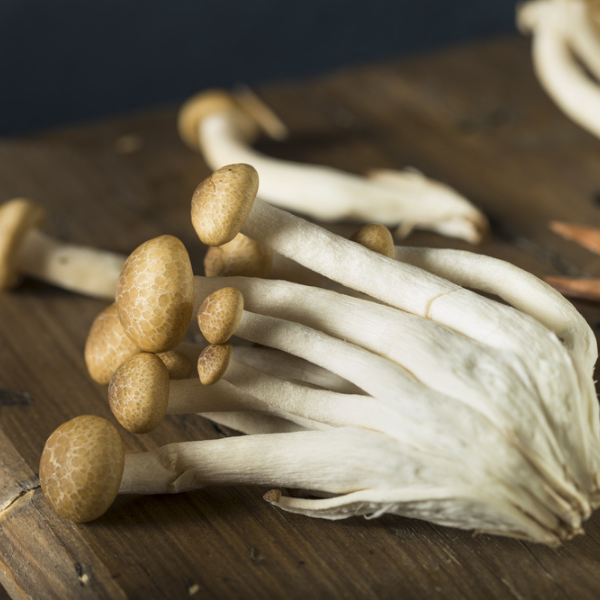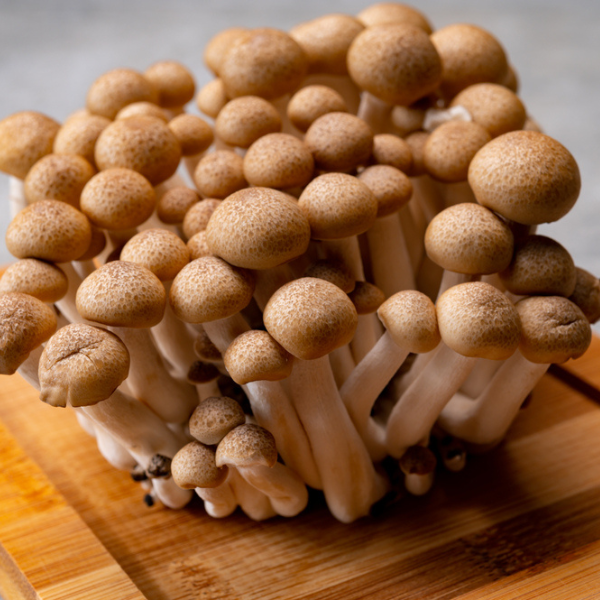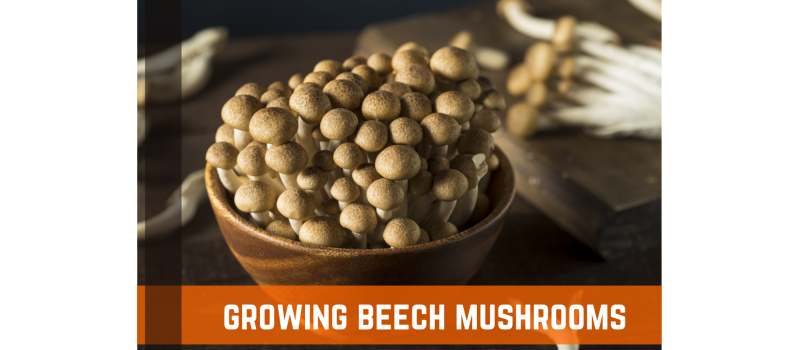If you ever find beech mushrooms in a store or market, you should definitely pick some up! The tiny clumps of fungi have a magical, otherworldly appearance. It turns out that they are also quite tasty. When sautéed, they take on a rich, earthy flavor and add a satisfying crunch to every bite. Beech mushrooms have remained on top after being compared to more than ten other types. Look here for additional information on them!
Growing Conditions For Beech Mushrooms
Grab your jar lids and drill a hole in the middle that is a quarter of an inch in diameter. As a filter, you should put a large amount of pillow stuffing into the hole. As a result, mycelium has the ability to breathe when it is colonizing. Sawdust made from pine wood is used to make the substrate.
Sawdust combined with soy hulls is another option that you have. Fill the jars with the substrate, making sure to leave a space of half an inch between the substrate and the top. After the jar has been filled, a hole should be punched in the center of the jar all the way to the bottom.
You can do three to four holes to cut down on the amount of time it takes for the spawn run and the mycelium to mature. After some time has passed, disinfect the jar by placing it in an autoclave for an hour and a half at 15 PSI.

How To Grow Beech Mushrooms
Following the stages of sterilizing and cooling, the subsequent step is inoculation. The empty space in the middle of the substrate needs to be filled with grain spawn. Inoculum is available for purchase from companies that produce spawn. Because fruiting will take place immediately from the surface of the spawn, the amount of spawn produced by beech mushrooms is significantly more than that produced by other species.
After some time has passed, place the jar's personalized lid on it, and then store the jars on a shelf at room temperature, out of the direct sunshine. The colonization process should take between three and four weeks. If you are utilizing trays that have a capacity of 25–36 bottles, you can remove one to four bottles from the center of the tray to prevent an unwanted increase in the temperature of the substrate.
Open the lid after the spawn run and after the mycelium has reached its full maturity. Take away the outermost part of the spawn that covers the substrate's surface. The very heart of the spawning area is where fruiting will begin to take place. Spray the area that was scraped with water in a light mist.
Scratched and sprayed bottles should be placed inside a growing room that is maintained at temperatures between 14.5 and 16.0 degrees Celsius, humidity levels between 96 and 98 percent, a carbon dioxide concentration of approximately 2000 parts per million, and illumination levels between 50 and 100 lux.
The covering should be removed after 9 to 10 days, at which point the young fruit bodies should come into touch with the plastic sheets. After 21–24 days have passed from the initial scratching, the mushrooms are ready to be harvested.

Harvesting Beech Mushrooms
They can be stored indefinitely if dried. If the mushrooms are big enough, slice them thinly; just be careful not to break them, as they are quite delicate. Dry them in an oven or air dryer set to its lowest setting, or in a pan over medium heat.
Once dried, the mushrooms should be stored in a sealed container away from moisture. It is also possible to keep beech mushrooms for an extended period of time by freezing them. Prepare them for freezing by washing and placing them in a Ziploc bag. Keep at 0 degrees Celsius for drying or freezing.

